Changing the Narrative
What we know about Indigenous peoples is primarily drawn from our education or from the media, where Native voices are often absent. Here are some starting facts to understand Native communities.
-
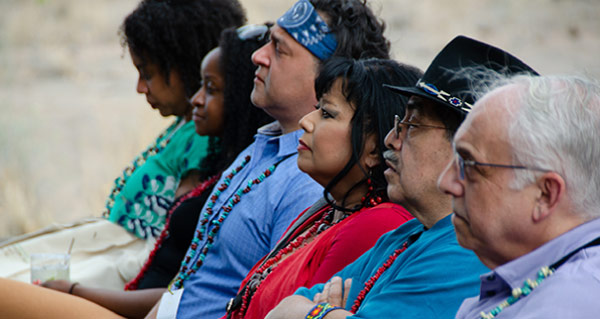
Native peoples are a richly diverse group of people.
They represent more than 600 tribal nations and more than 150 languages across the United States. Tribal groups share similar experiences, but they have unique cultures with unique histories.
-
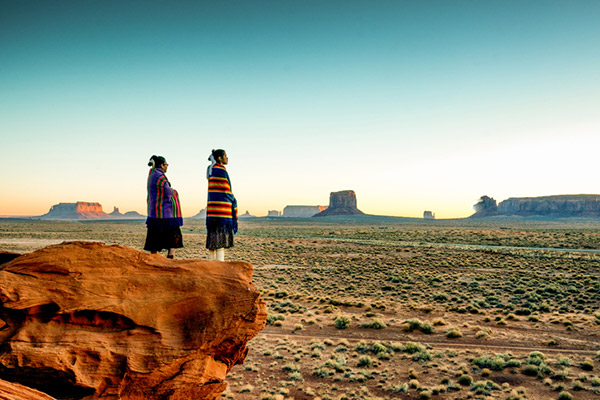
Being Native is not just a race or an ethnicity.
There are 573 federally recognized tribes with political status as sovereign governments and having nation-to-nation relationships with the U.S. Members of federally recognized tribes are dual citizens, both of their tribal nation and of the U.S. In addition, there are more than 60 tribes recognized by states.
-
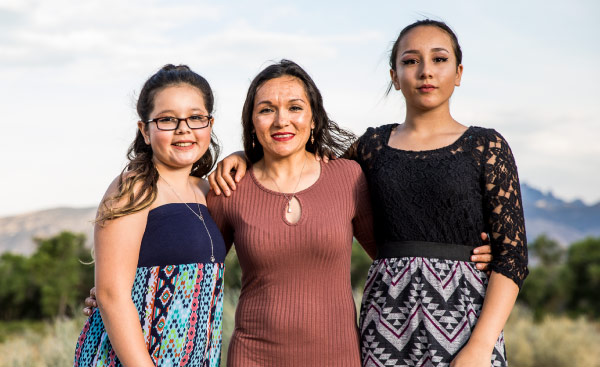
The American Indian/Alaska Native (AI/AN) population is on the rise.
There are 6.8 million AI/ANs in the U.S., representing 2% of the total U.S. population. Between 2000 and 2010, while the overall U.S. population grew 9.7%, the percent identifying as AI/AN grew by 27%. By 2060, the AI/AN population is expected to constitute 2.5% of the total U.S. population.
-
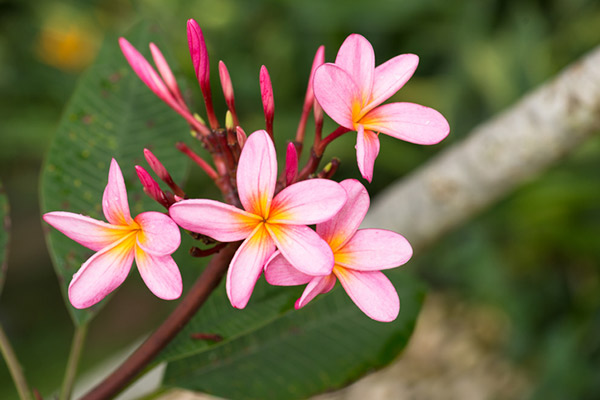
The Native Hawaiian population is also increasing.
In Hawaii, there are 298,000 Native Hawaiians representing 21% of the population. Nationally, there are more than 560,000 Native Hawaiians. By 2060, the Native Hawaiian population in Hawaii is projected to reach 675,000, matching the estimated population in 1778 when Captain James Cook arrived on the islands.
-
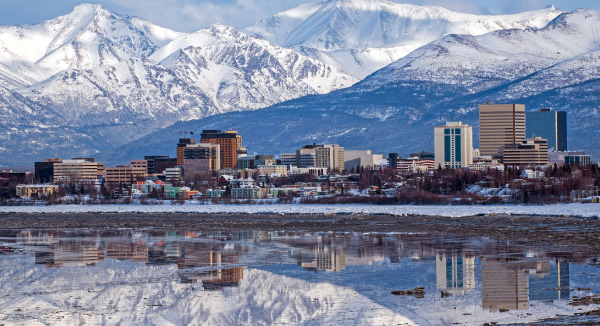
Most American Indians/Alaska Natives live outside of reservations.
In 2010, 78% lived outside of AI/AN tribal areas. Between 1977 to 2007, more than 1 million American Indians/Alaska Natives moved to metropolitan areas, "some by choice and some by force."
-

Most federally recognized tribal governments do not operate casinos.
And only those located near large population centers are highly profitable. More than three-fourths of all tribal governments operating casinos use the revenue to fund services for tribal members or fund basic government.
-
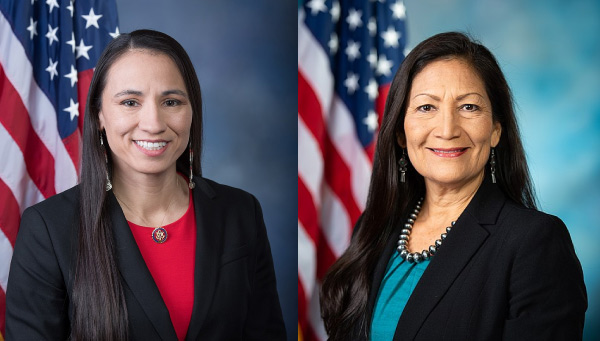
There are more Native Americans in elected positions in the U.S. government than ever before.
In 2018, two Native American women were elected to the House of Representatives (from New Mexico and Kansas), doubling the number of Native Americans in Congress. That year, 103 Native candidates ran for office; at least 60 won.